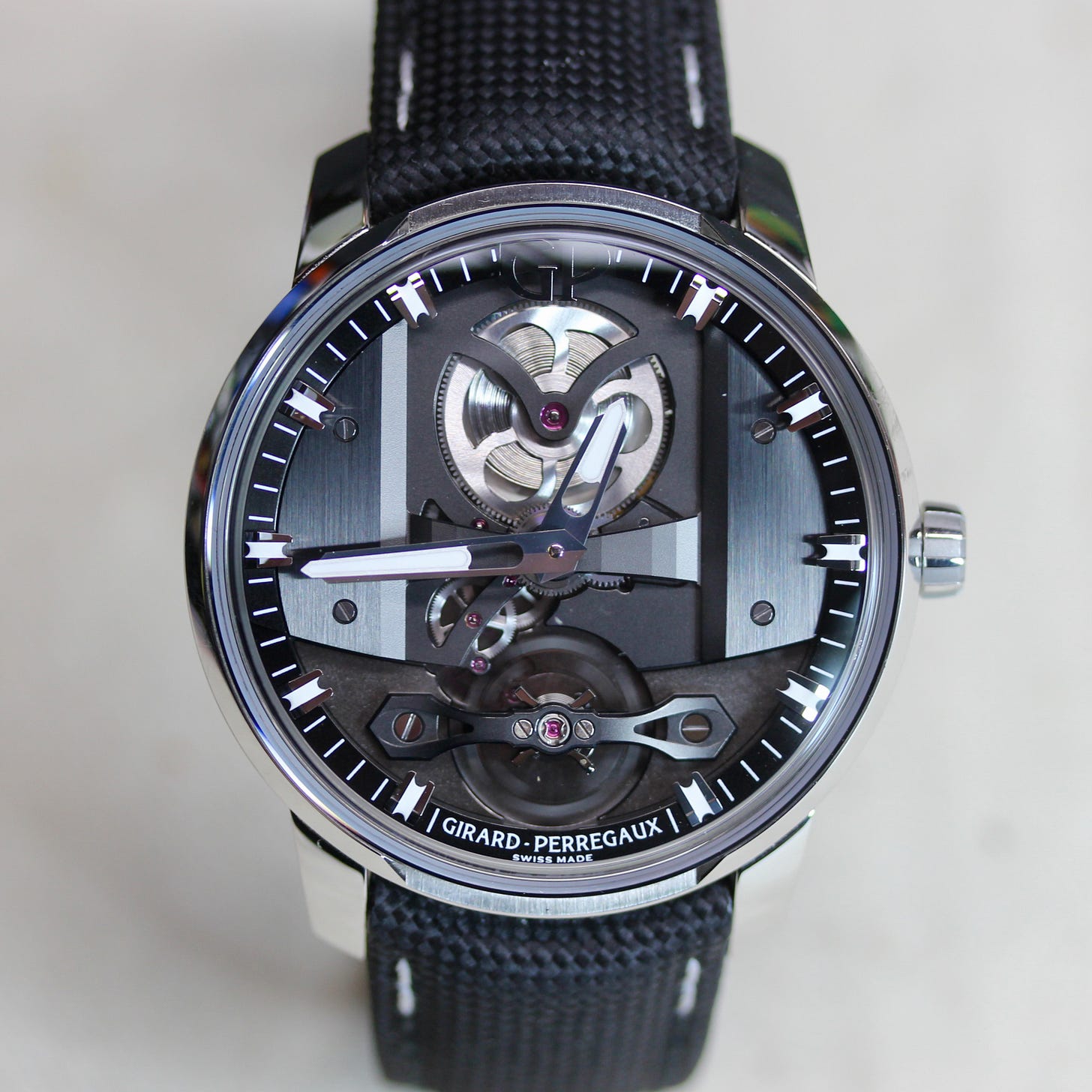Girard-Perregaux Free Bridge: in review
A bridge from the past to the future
If you were to call to mind a picture of a Girard-Perregaux watch, my presumption is that it would be something from the Laureato collection - with it’s dressy sport watch look - or the Bridges collection, where components of the movement itself become prominent architecture on the dial side of the watch. Today, we’re giving you a hands-on look at the …
Keep reading with a 7-day free trial
Subscribe to The Wristwatch Review to keep reading this post and get 7 days of free access to the full post archives.



